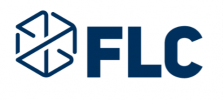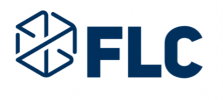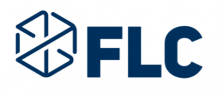Trans-auricular Left Atrial Appendage Ligation to Prevent Thrombosis
Live Attenuated Vaccine to Prevent Disease Caused by West Nile Virus
Protecting Healthcare Workers by Detecting Contamination From Hazardous Antineoplastic Drugs
CDC NIOSH early technology to detect surface contamination by hazardous antineoplastic drugs. Antineoplastic drugs, also known as anti-cancer drugs or chemotherapy, are used in the treatment of many types of cancer. While these drugs are lifesaving to patients, they must be handled with care by healthcare workers. Exposure from contaminated surfaces and drug vials can cause skin problems, birth defects, reproductive issues, and increased risk of various cancers.
Protecting Healthcare Workers by Detecting Contamination From Hazardous Antineoplastic Drugs
CDC NIOSH early technology to detect surface contamination by hazardous antineoplastic drugs. Antineoplastic drugs, also known as anti-cancer drugs or chemotherapy, are used in the treatment of many types of cancer. While these drugs are lifesaving to patients, they must be handled with care by healthcare workers. Exposure from contaminated surfaces and drug vials can cause skin problems, birth defects, reproductive issues, and increased risk of various cancers.
CDC & NIAID Facilitate the Transfer of a CDC Trap for Control and Surveillance of Mosquitos, a Vital Public Health Tool
The Technology Transfer and Intellectual Property Office (TTIPO)



